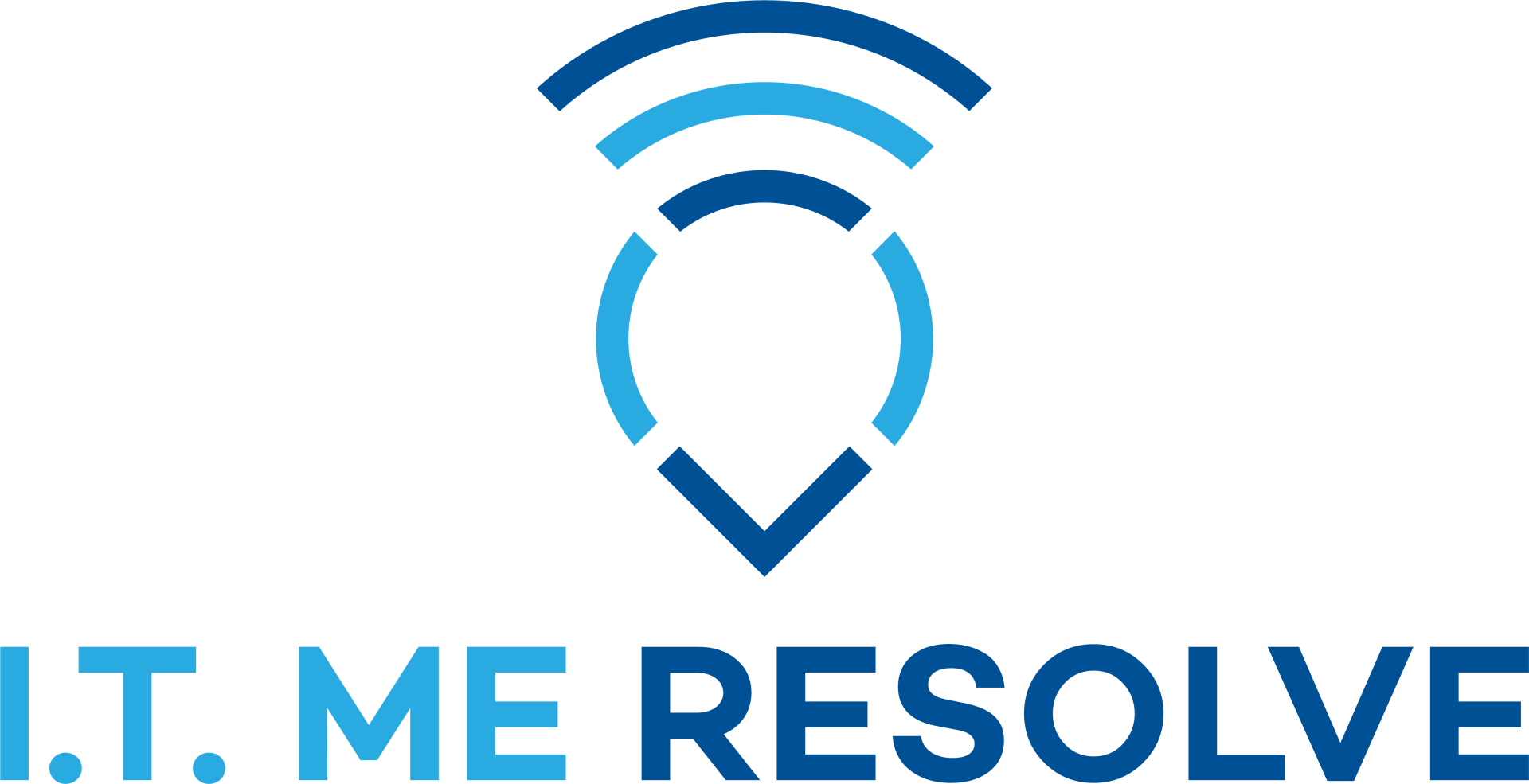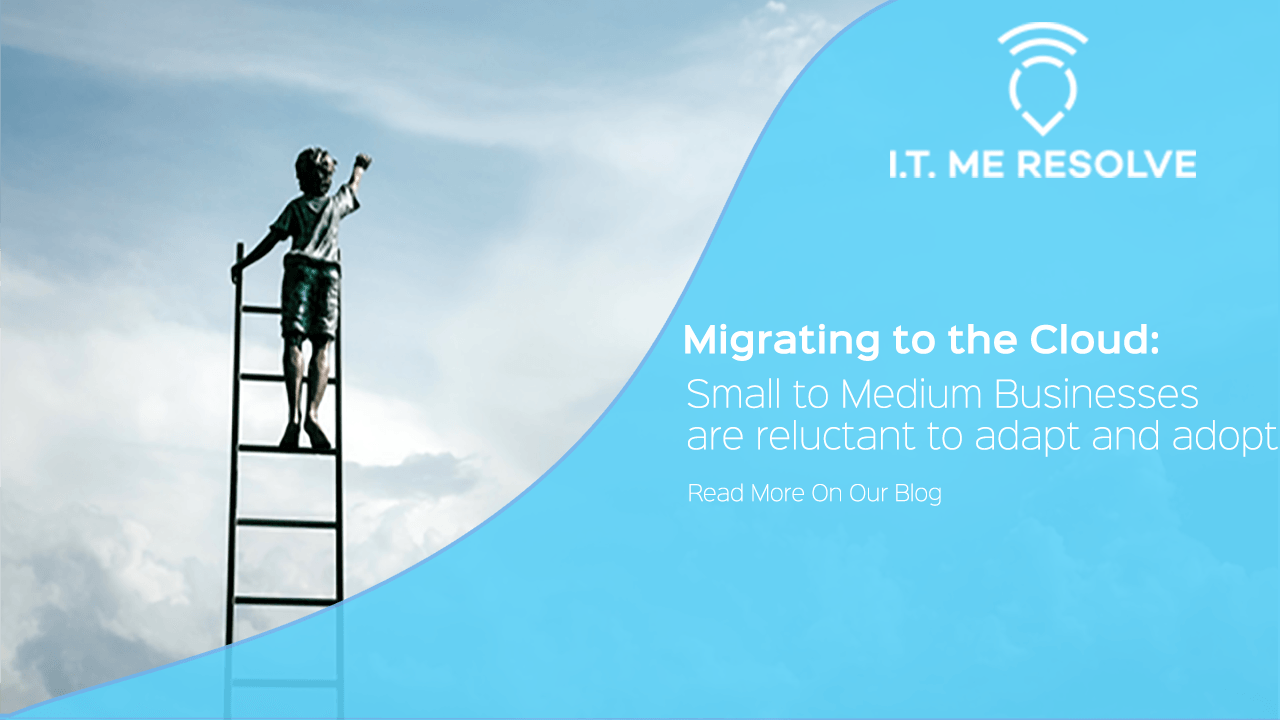Windows 7 End of Life Support
Is your business ready for 14 January 2020?
According to Netmarketshare, 39.02% of PC/Desktops are still running Windows 7, suggesting that it is still the number one operating system being used, pipping Windows 10 by just 0.02% (figures run on April 2019)
Since 13 January 2013, Microsoft ended its main stream support for Windows 7, so new features stopped being added, and warranty claims were no longer valid. However, the operating system has still been patched and updated to make sure issues and bugs are fixed.
This will soon be coming to an end on 14th January 2020, when Windows 7 enters its End of life Support.
But what will this mean for those 39.02% of us that are still using Windows 7? Well luckily when the date comes and goes, Windows 7 will still run on your devices, it means Microsoft will stop all support and updates for it for the foreseeable future. This in turn can lead to a security risk for consumers and businesses, as Windows 7 can become a target for viruses and other security breaches created by malicious users.
So why is Windows 7 coming to an end when so many of us still use it?
There are many reasons for this, Microsoft has released two new operating systems since the release of Windows 7 in 2009. Another is cost effectiveness, the cost and resources to keep an old system up to date and free from bugs, when ideally these can be used elsewhere within the company.
What will you need to do?
You will need to start planning. Start by backing up your files and work out how long the process will take and what time updates should be made, which is essential if you are a business. You should also take into consideration the hardware being used as upgrading to Windows 10 can considerably slow down the performance of your PC if it is outdated in itself.
The move from Windows 7 to Windows 10 has its benefits, the upgrade process is relatively easy, and you can keep your files on your PC while the upgrade is in process.
To upgrade to Windows 10, you will need to buy the software, download the installation file and start the upgrade process. Once the upgrade is completed, any other software you have on your hard drive may need to be updated to work on Windows 10.
Should you use a professional service?
The decision is yours to make, the process is painless, which means it can easily be completed by someone with moderate experience with upgrades, but if you feel uneasy regarding this or just need more information on planning procedures then a professional service can do all of this for you. They will work out a plan bespoke to your business needs, which means all you have to do is start using your new Operating System. Click on our contacts page for information on how I.T. ME Resolve can help your company.





